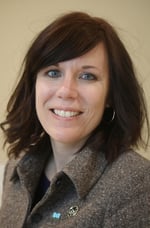 This time of year, soil health is on everyone’s mind. When looking ahead to the new season, the main focus is getting the operation just right to maximize quality and yield. Having healthy soil that’s as productive as possible is a key piece of that preparation.
This time of year, soil health is on everyone’s mind. When looking ahead to the new season, the main focus is getting the operation just right to maximize quality and yield. Having healthy soil that’s as productive as possible is a key piece of that preparation.
This week on the blog, we spoke with soil health expert and all-around ambassador of agriculture Jamie Beyer. She talked about innovations and trends in soil health management practices, as well as, the role aerial imagery can play in precision agriculture operations.
Q: Please tell us about yourself and where you live?
JB: My husband Rodd and I farm in West Central Minnesota, just north of Wheaton. We grow soybeans, corn, wheat, sugarbeets, alfalfa, and grapes. We have three daughters, ages 10 - 12, and my mother-in-law still plays an active role on our farm.
Q: What is your personal farming history?
JB: In 1997, my husband Rodd took over his parents' farm. He and I were married in 1999. I have spent my career working in government. In 2013 I realized that, if I didn't get involved in the farm, our three daughters wouldn't either.
From there, I began working during planting and harvest, and doing all of the payroll and bookwork. In 2015, my husband and I participated in the Dupont Young Leader Program and became active members in the Minnesota Soybean Growers' Association.
With my current role serving as a board director on MSGA, I have found a great match — I have a true interest in promoting positive government policies and advocating on behalf of Minnesota agriculture. I work part-time off the farm as a watershed district administrator.
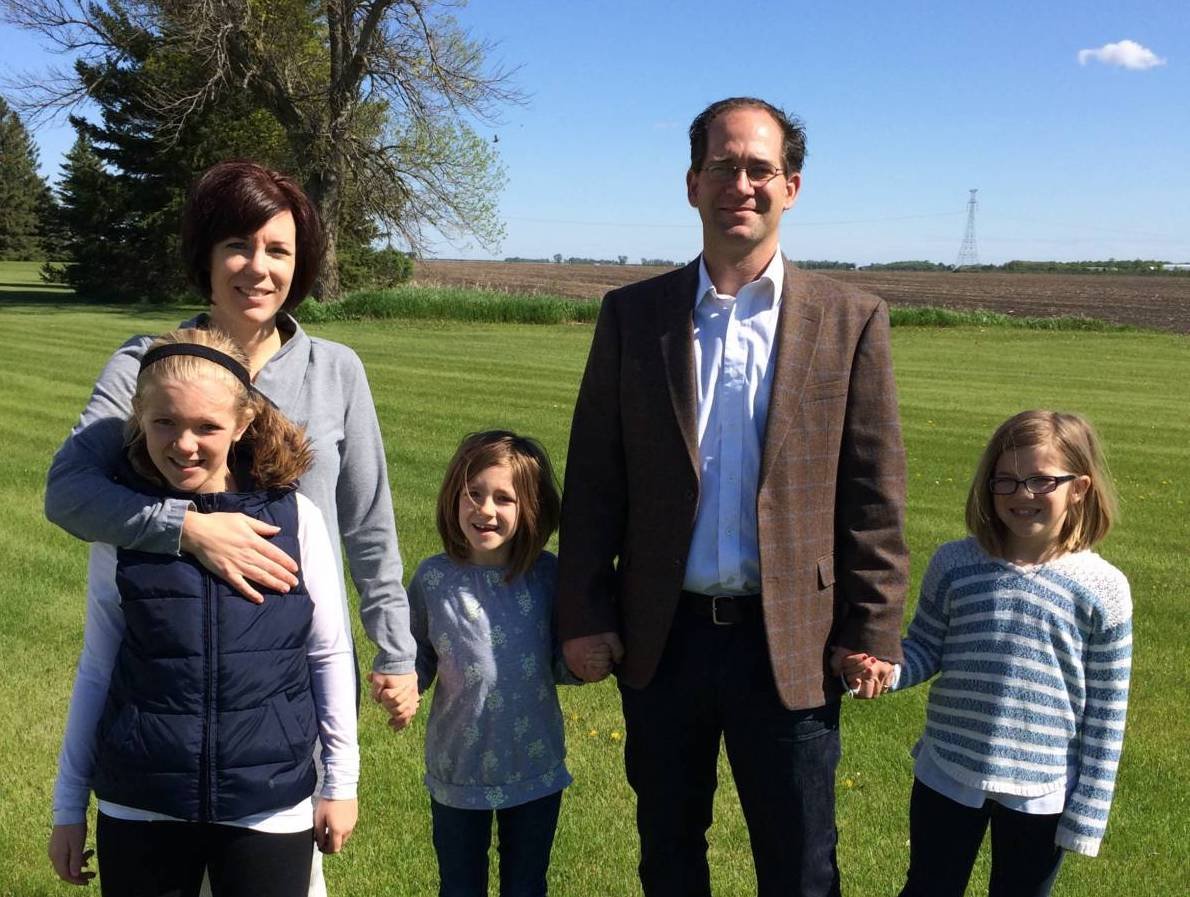
Q: How much experience do you have as a grower?
JB: Everything that I know about agriculture I have had to learn as an adult. And I won't lie, no one is coming to me for farming advice. But, because I previously spent most of my life outside of ag, and currently spend part of my working hours working with government officials, I have learned how to translate all of the good things we do on the farm into terms that the non-ag community can understand.
Q: How about your years as a soil health expert?
JB: I am slowly learning about all of the exciting innovations coming ahead in soil health. In my position as a watershed administrator, I work closely with both water quality and soil health resource professionals. I spend a great deal of time separating agricultural myths from honest opportunities.
Q: Which associations are you currently active in?
JB: I serve on our local Traverse County Corn and Soybean Board, and also as the Vice President of the Minnesota Soybean Growers' Association. Minnesota is the fourth largest producers of soybeans, and MSGA's objectives are to advocate on behalf of soybean farmers, enact farm-friendly positive legislation, and promote biodiesel. This year, we were successful in working with legislators to achieve a 20% standard for biodiesel state-wide — adding $0.63 to every bushel of soybeans sold in Minnesota!
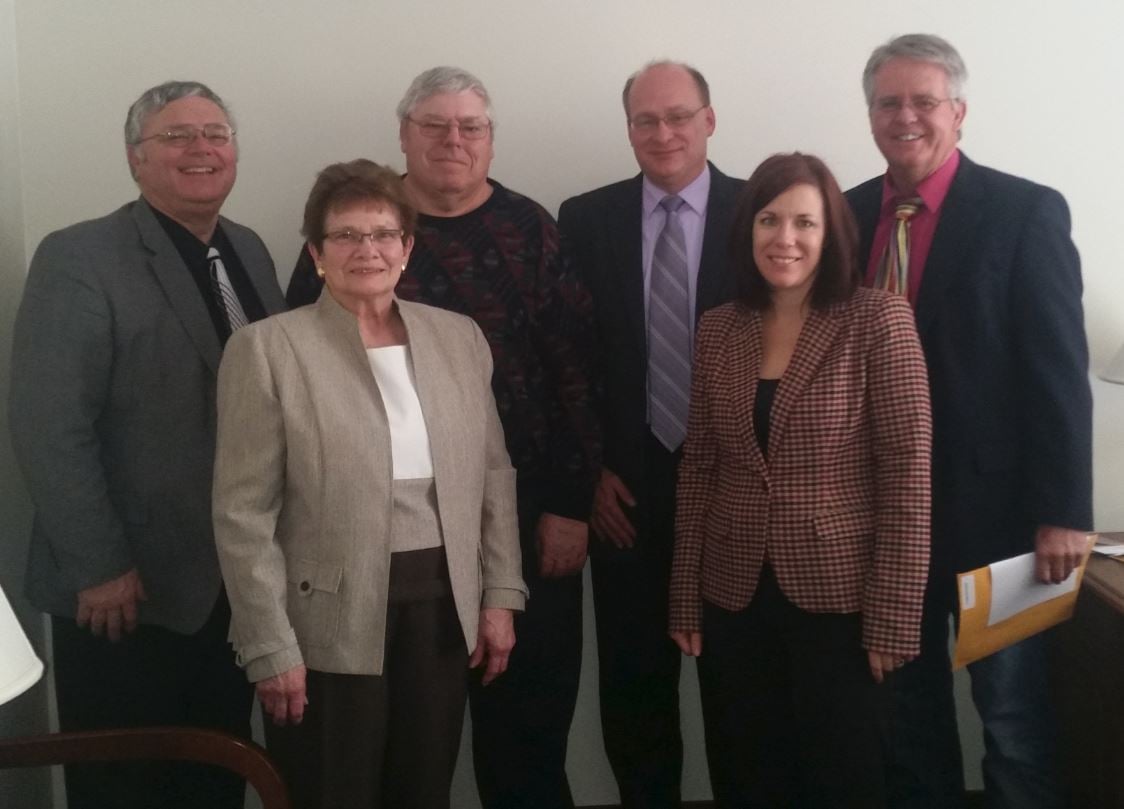
Q: How would you assess your current soil health? How does it compare those within your region?
JB: We are located at the south end of the Red River Valley, and inevitably are fighting too much water in the spring and fall. These flooding conditions affect our soil respiration levels; the soil seems to suffocate under the prevalence of widespread accumulated surface water.
From 2004 - 2015, we installed tile drainage on the ground that we own. Because of tile drainage, we have noted significant improvements in soil health. This trend has been experienced by many in the Red River Valley, and drainage tile continues to be installed.
Q: Which indicators look to have made some improvements? What caused this?
JB: Prior to tile drainage, we would watch spring overland flooding rise and fall — and plant at a late, panicked rate in the spring. Soil crusting was a constant occurrence; the crusting would prevent plants from emerging. Now that we have proper drainage, we see year-to-year organic matter building, and are able to try additional conservation practices — like cover crops.
Q: Which indicators are sounding alarms? What is causing this?
JB: Ponding and infiltration have been constant concerns prior to tile drainage.
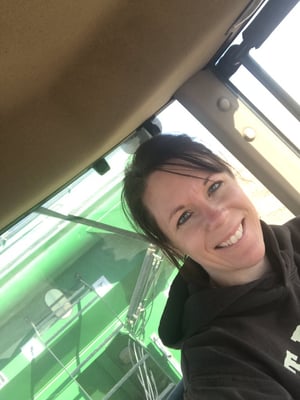 Q: What are the biggest concerns for sustainable soil health?
Q: What are the biggest concerns for sustainable soil health?
JB: In Minnesota, we have been busy addressing a host of state mandates — buffer strips, nitrogen fertilizer restrictions, and soil loss penalties, to name a few. My husband and I have had to focus a great deal of time and effort to understand, counter, and teach state agency employees and legislators on what we do in the field.
In April, we both were called to Minnesota's House of Representatives to testify on proposed penalties for our recently enacted buffer law. The penalties would have resulted in a $150,000 fine for 12 inches of missing buffer. We strongly feel that needless restrictions and standards slow and/or compromise our ability to try experimental practices.
A friend of mine said, "Rules restrict research," and it is completely true. Once state standards are set in place, research exploring beneficial and negative effects of the rule are halted. Minnesota's geography is extremely diverse - and our farming practices rightfully match this diversity. State mandates waste limited financial resources, and hamper true efforts to match environmental problems with effective solutions.
Last year, I spent some time talking with a legislator about the difficulties of farming in an area with a near-flat slope - his answer was, "Don't worry, cover crops will take care of it!"
Q: What aspects of climate change will have the biggest short-term and long-term effects on soil health (rising temperatures, record moistures, shortened seasons, etc)?
JB: According to some research, our area may be experiencing an increase in precipitation. Precipitation brings with it a host of nutrient challenges.
We also note on our farm and regionally that we are trending towards longer maturity rates which, for example, affects the maturity we select in corn hybrids. These challenges bring opportunities, too, and our yields continue to increase.
This year, farms north of us suffered from a drought and farms south of us suffered from excess rainfall; we experienced a pocket between these extreme weather patterns, and our yields are record-setting for our farm. This is an exciting time in agriculture where an overwhelming amount of technology and information are available, seed to tillage!
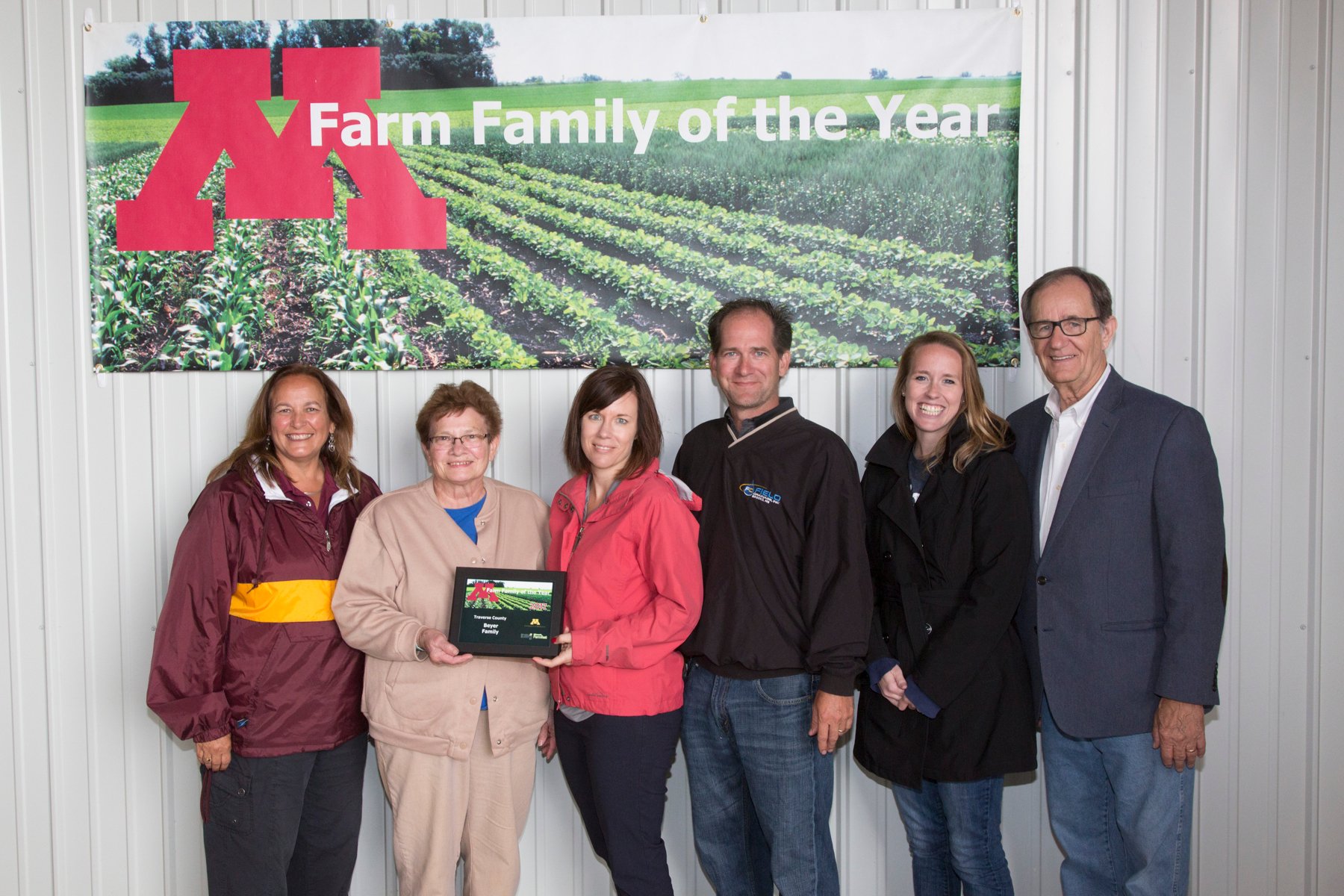
Q: What is trending in your soil management practices, or have seen practiced, to help alleviate some of the more recent soil issues?
JB: In August, we installed subsurface sensors on a small field. It has been fascinating watching precipitation data and fertilizer projections happen in real-time. Now that we have the data, it will take a couple of growing seasons before we figure out how to use the information to make beneficial decisions on our farm. The cost of subsurface irrigation sensors is being driven down as more manufacturers enter the market, and that certainly opens the opportunity to install this type of technology on a wider scale.
With better drainage, facilitated by tiling, we have been able to complete fall tillage without as many passes.
There have been no dairies in our county over the past 20 years. In the past 5 years, we have watched the building of 3 large dairies. This expansion has allowed our family farm to grow alfalfa and, for the first time, have a chance to receive manure! It has been so much fun growing something new and have an option to synthetic fertilizer — especially since the soil benefits of both are well established.
On our family farm, we grow sugar beets. Within the past few years, we have learned that adding lime prior to planting sugar beets has important benefits — the lime will kill bacteria that causes sugar beet root rot and adds phosphorus, nitrogen, and a large amount of other nutrients.
We are part of the Minn-Dak Cooperative which, in the not-so-distant past, was looking for space to pile cast-off excess lime. Because of the lime's significant soil health improvements, Minn-Dak is now selling the lime back to its members — who worry, there won't be enough!!
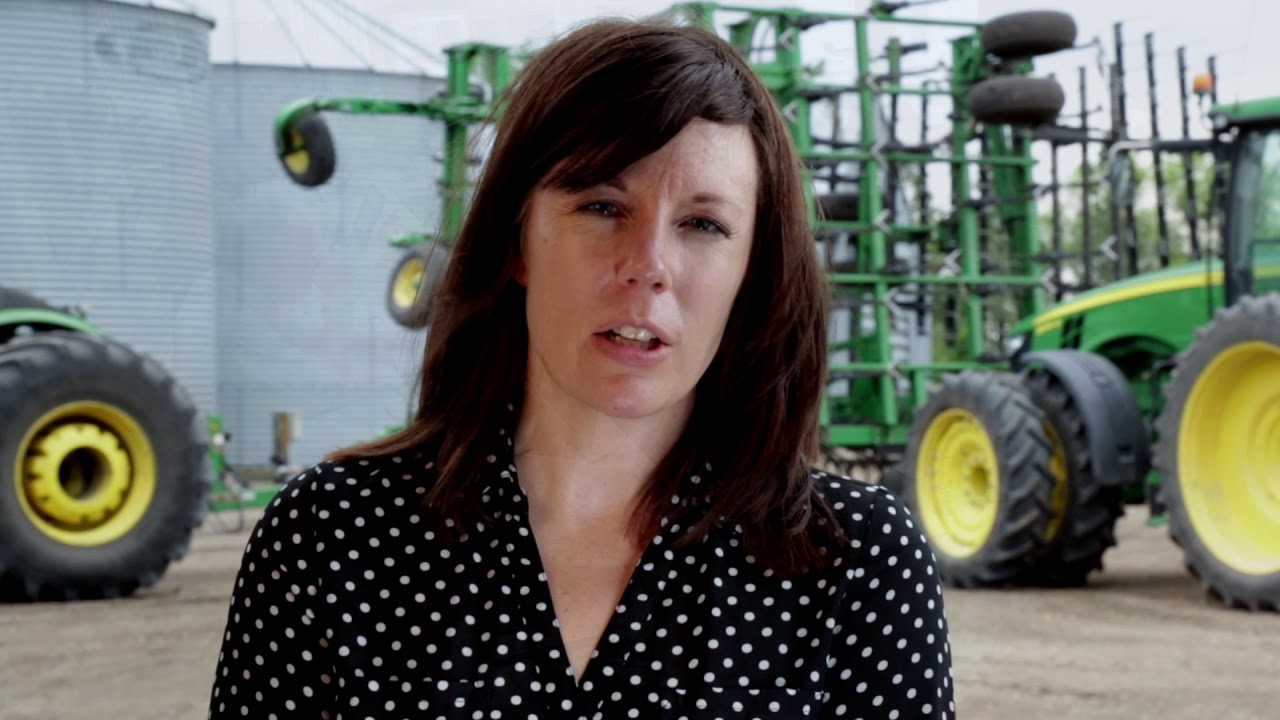
Q: Does aerial imagery play a role with soil assessments? How big has that role been? Which indicators can it help you measure?
JB: Yes. We know our ground. My husband is a 4th generation farmer; he intimately understands the high- and low-producing areas of our fields.
Aerial imagery has become a necessity in exploring the potential for acquiring new ground.
This fall, as we harvest, we have been comparing our harvested yield map to aerial imagery. The predicted yield amounts from the aerial imagery are spot-on, and as we gain confidence in this technology, it has become a serious tool when considering how to value land that is for sale.
Q: Does aerial imagery play a role with soil sustainability? If so, how big can its role be?
JB: As we continue to become comfortable with the aerial imagery and its relationship to yields, it will be interesting to see all the applications that are ahead of us! We are certainly using the information now to determine how much we should pay for a piece of new ground. We also use the information to identify areas of low-yielding ground where resources should be restricted to minimum levels.
Industry trends Irrigation Aerial imagery Precision agriculture Customers Regulations Midwest
